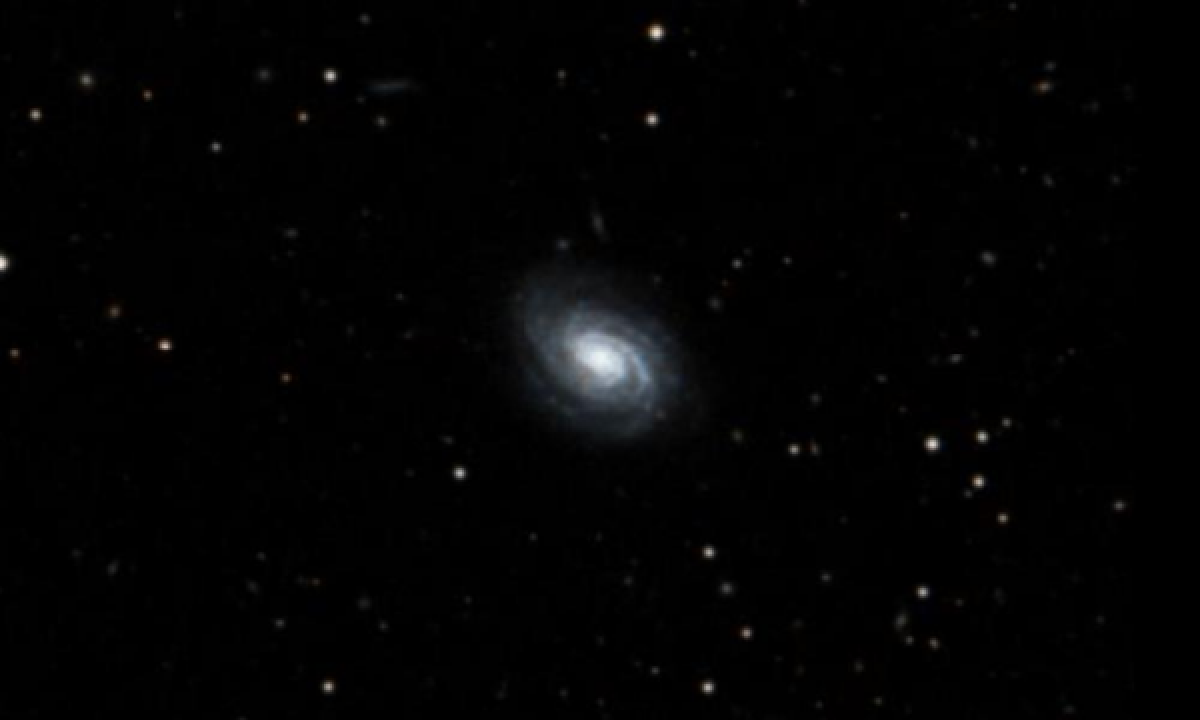The New General Catalogue of Nebulae and Clusters of Stars (abbreviated as NGC) is a catalogue of deep-sky objects compiled by John Louis Emil Dreyer in 1888. The NGC contains 7,840 objects, known as the NGC objects. It is one of the largest comprehensive catalogues, as it includes all types of deep space objects, including galaxies, star clusters, emission nebulae and absorption nebulae.
Know more about NGC
NGC 214

NGC 214 is a spiral galaxy in the northern constellation of Andromeda, located at a distance of 194 megalight-years from the Milky Way. It was discovered on September 10, 1784 by William Herschel. The shape of this galaxy is given by its morphological classification of SABbc, which indicates a weak bar-like structure (SAB) at the core and moderate to loosely-wound spiral arms (bc). On July 19, 2005, a magnitude 17.4 supernova was detected at a position 16″ west and 2″ north of the galactic nucleus. The object was not visible on plates taken July 2, so it likely erupted after that date. Designated SN 2005db, it was determined to be a type IIn supernova based on the spectrum. A second supernova event was spotted from an image taken August 30, 2006, at 43″ west and 11.3″ south of the nucleus. It reached magnitude 17.8 and was designated SN 2006ep. This was determined to be a type-Ib/c supernova.
More Images:

Sources:
Wikipedia Page: NGC 214
NGC 214 at In-The-Sky website
